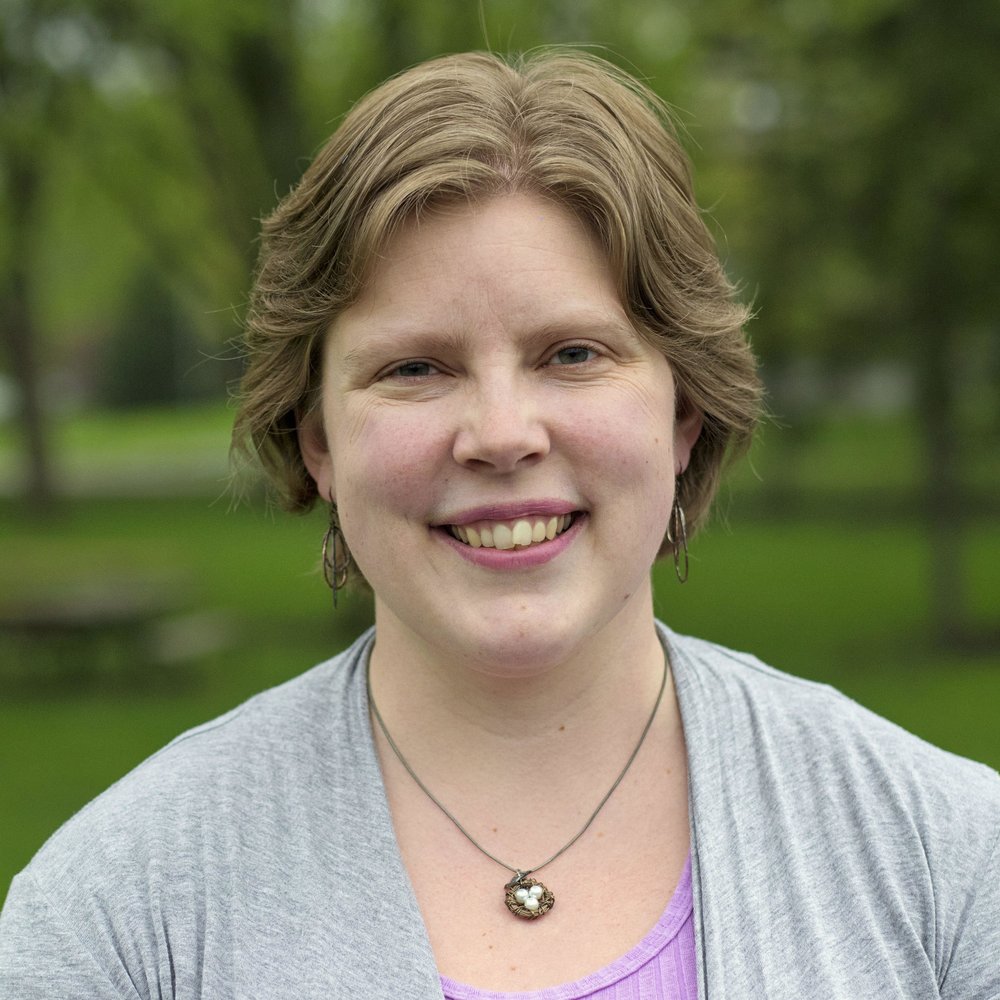In the non-liturgical tradition in which I grew up, we seldom thought about worshipping God with our bodies. We thought about theology and invited Jesus into our hearts as we emphasized the spiritual and intellectual aspects of faith, but we talked very little about what it meant to worship God in our physical bodies as we live in the material world.
Only when I discovered liturgical traditions did I encounter a form of worship that sought to engage the whole person, not just the mind and heart. The "smells and bells" that had baffled me as a child and young adult suddenly clicked into place as forms of worship that engaged our senses.
Kneeling in prayer, walking forward for communion, standing for the Gospel reading: all of these physical movements involve our bodies in worship. Our physical postures also reinforce our worship, as we stand to show respect, bow our heads to show contrition, shuffle along the pews with our neighbors as we commune with Christ as a body.
The colors of the vestments and altar cloths direct our minds to the seasons of the church year: purple for the fasts, white for the feasts, green for the growing time. We feel the bread in our hands as we receive the body of Christ, taste the sweet acidity of the wine. The water of baptism runs down our heads.
Without doubt, we learn about and experience God in intangible ways. But we also experience God through the material world and in our embodied existence, a reality towards which the motions of our liturgical worship point.
During this season of Lent, Savior makes available two different tangible ways to connect with God in worship: through the holy water in the baptismal font at the entry to the sanctuary and through the candle table available during the Eucharist.
The baptismal font, filled with holy water, stands first as a reminder of our own baptism. Even in this season of Lent, when we remember our great need for a savior, we take comfort in our baptism, in knowing that we are Christ's own.
Additionally, the baptismal font at the entrance reminds us that Jesus was baptized by John immediately before he went out into the wilderness to fast for 40 days, during which time he experienced temptation. Like us, Jesus suffered and was tempted in the wilderness; like us, he could cling to the assurance of his baptism as he suffered hunger and temptation.
Perhaps simply seeing the font is enough to remind you that you belong to Christ and that Christ suffered like you and for you. Dipping your fingers in the cool water and making the sign of the cross, physically engaging your senses and your body, can also be a powerful reminder of the cleansing waters of baptism.
Like the physical presence of the water, the candle table offers a tangible representation of our prayers. The light of the candles, flickering upward, can remind us that our prayers are ascending to God; the flame itself might remind us of the Holy Spirit, present with the people of God, or of the light of Christ.
However, no matter the tradition we grew up in, candles can feel a little strange, a little too ritualistic — as if we are catching God's attention through our actions. The candles we light are symbolic, but not magical. They are a physical representation of something spiritual, but they do not give our prayers special weight.
Lighting a candle for a prayer can be meaningful, but it is never necessary; do not feel obligated to light a candle if you are uncomfortable with the idea. But as you see the lit candles flickering on the table, your own or those of others, take a moment to prayer for the needs represented there. We all know that others in our community are praying for many things; as we see a physical reminder of those prayers, let it also remind us to pray for our community.
Lent is time to remember that we experience and worship God in our bodies as well as our minds and hearts. The ashes imposed on our foreheads at the start of Lent and the traditional spiritual discipline of Lenten fasting forces us to remember that we are embodied, we are dust.
Whether you engage with the candles or the water, Lent is a good opportunity to reflect on what it means to be embodied people whose Savior also became embodied with us, suffering as a human being for our sakes.
Sarah Lindsay currently serves as the Director of Communications and Coordinator of Children’s Ministry at Savior. Sarah has a background in teaching (English literature and writing) and she enjoys reading and writing. She has been an Anglican since she discovered liturgical worship in college; she and her family joined Savior in 2017.








